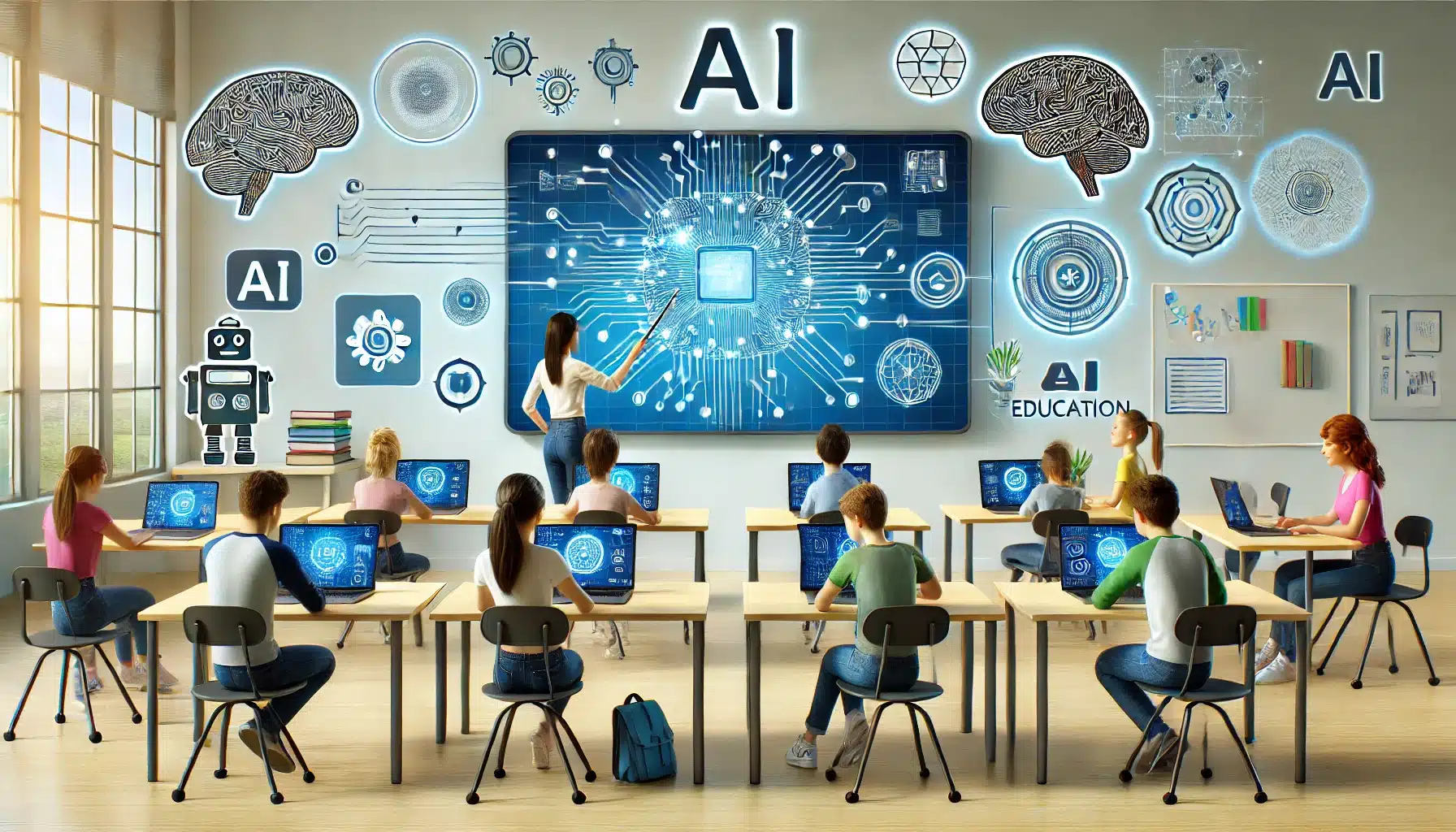As college students conclude their first semester, one notable change this academic year is the increased use of AI. From personalized learning experiences to automated grading, AI is poised to revolutionize higher education, though not without controversy.
The State of AI in Education
The emergence of AI in education has sparked a mixed response, with equal parts enthusiasm and caution. While some universities have eagerly integrated AI-focused courses, curricula, and programs to enhance learning, others remain hesitant about this new technology.
Douglas Hofstadter, a professor of cognitive science and comparative literature at Indiana University, voiced his concerns in an op-ed: “I can’t imagine the cowardly, cowed, and counterfeit-embracing mentality that it would take for a thinking human being to ask such a system to write in their place.” He compares relying on AI to “inviting machines to walk all over you.” This sentiment is shared by many in academia.
In a survey of 386 Harvard faculty members, nearly half (47%) expressed concerns that AI would negatively impact higher education. Professors worry about AI’s potential for cheating, its impact on learning, and the reliability of the information it produces. Despite these concerns, there are also notable benefits.
Insights from the State of AI in Education Report
Data from Quizlet’s recent State of AI in Education Report provides valuable insights:
- 67% of students believe AI helps them study faster and more efficiently.
- 73% say AI aids their understanding of the material.
- Students who study three or more hours per night are more likely to use AI tools like ChatGPT, suggesting they use it to supplement their learning rather than as a shortcut.
- 47% of students report a positive impact from AI on their learning experience.
- Half of the teachers surveyed are excited or optimistic about AI in education, compared to 39% of students.
- 49% of teachers find AI positively impacts their workload, using it primarily for research, lesson planning, information gathering, and preparing classroom materials.
These findings are supported by student interviews conducted by The Conversation. One student mentioned that AI has sharpened their thinking, saying they’ve “developed critical thinking skills through critiquing its work.” Another likened AI to a new Google, stating, “Let’s say you are new to a topic, you can ask ChatGPT questions and treat it as an interactive Wikipedia.” Despite their enthusiasm, students also recognize AI’s limitations, with one calling ChatGPT’s responses “quite abysmal.”
Adoption Challenges and Future Directions
AI in education is still in its early stages, attracting both advocates and skeptics. As of September 2023, there are no state or federal regulations governing AI’s use in education, allowing schools to decide whether to embrace or reject it.
Liz Fontanella, a professor at Nashua Community College, has embraced AI in her classroom. “AI is a new element in my classroom this year,” she says. “My intent is to share with students the power AI brings and to equip them with the tools to comprehend, challenge, and co-create with AI.” She emphasizes critical thinking and the importance of accuracy and proper sourcing of materials.
Fontanella plans to integrate discussions about AI’s role in politics into her “Mass Media and Politics” class, focusing on AI’s political persuasion powers and potential for fraud. She addresses concerns about cheating by comparing AI to the introduction of calculators in classrooms, which initially faced resistance but ultimately became valuable tools.
The Future of AI in Education
Early research suggests AI can empower students inside and outside the classroom, nurturing creativity and curiosity, aiding research collection, and providing access to vast knowledge without hefty tuition fees. The question remains whether AI will deliver on its promises. As educators and students navigate AI’s opportunities and challenges, they can expect future regulations to provide more guardrails.





